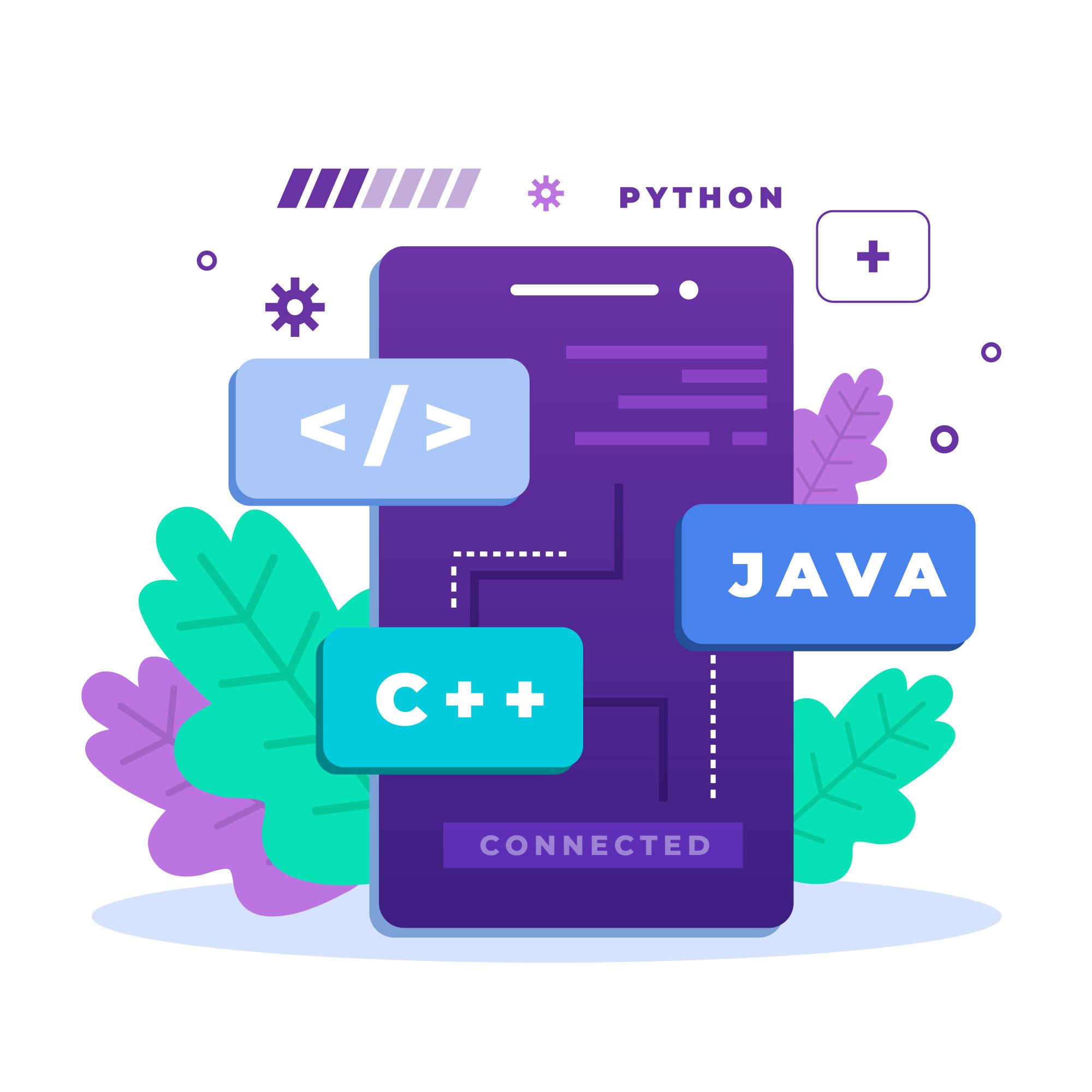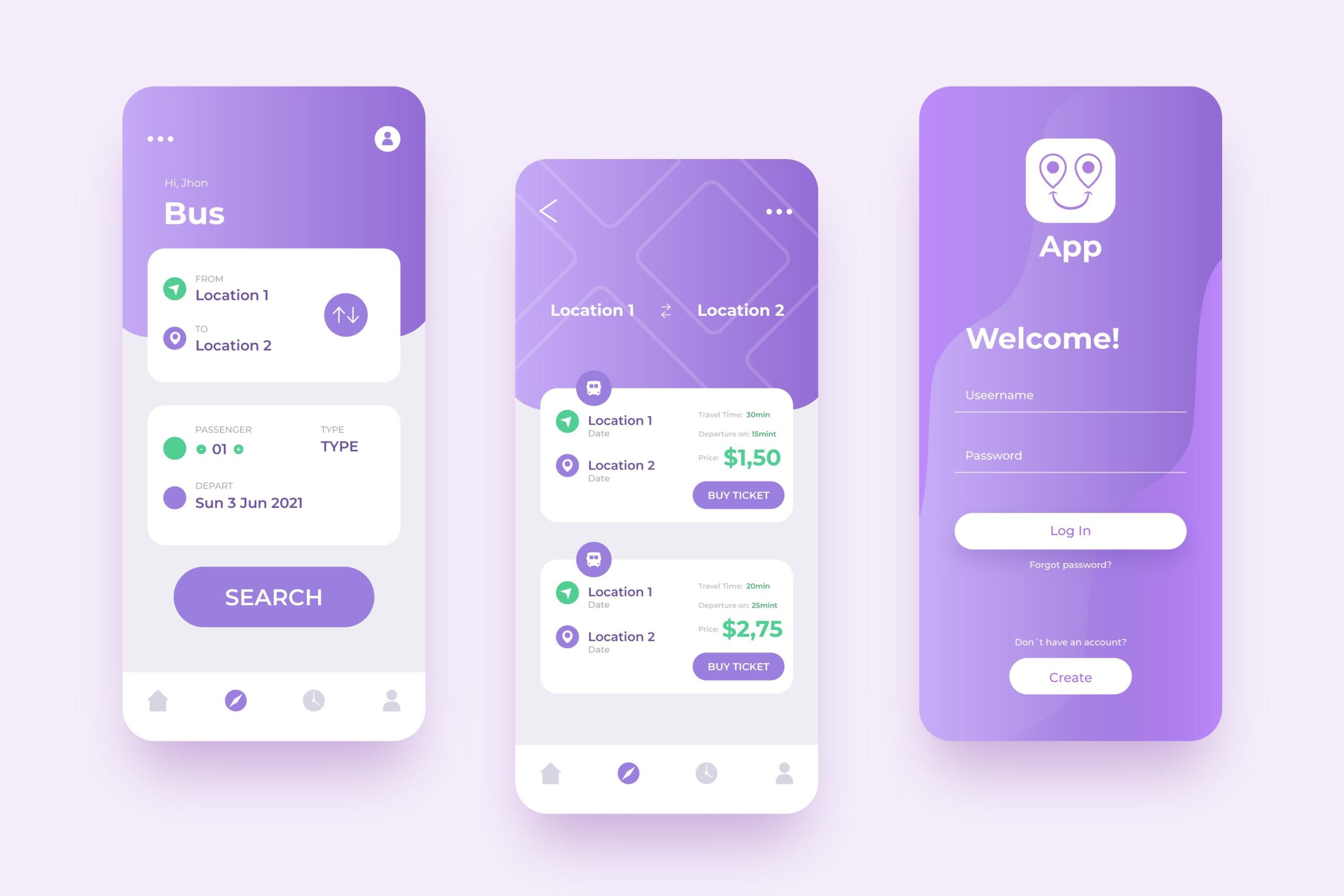Regarding app development, many people look at us over their thick-lensed glasses, asking us if we could email via Facebook. Which is to say, they feel like quite the boomers while we shake our heads, trying not to judge. It is easier to believe that, mind you, but we are not here to make a habit out of it.
It is why we have decided to let the guard down a bit and confidante you in on some secrets.
App development is today’s equivalent to a surefire way to get new opportunities, grow and find new ways to improve device-user interaction. It might seem like all you need is a ground-breaking idea, and the rest is just marshmallows.
It is hardly the case.
App Development: The Idea Alone Isn’t Enough!
Having an idea for the app is a good starting point. There is no argument there. The thing is, it is not enough and certainly not the easiest part. As of March 2022, 2,870,000 apps exist on the Google Play Store alone. 2.8 million ideas for an app, yet it is nowhere near the total number of apps worldwide!
No matter how hard you try, there is not going to be another Instagram. Many ideas we seem to think are revolutionary are most likely out there. It doesn’t mean we need to stop thinking fresh; it just means there might be a few bumps on the road, which is okay.
If you have an idea and you can explain the basic functionalities well to someone, chances are you can come up with a new app. However, you might not be that tech-savvy.
Following are some ways you can learn what goes on behind the scenes and whether or not you can come up with an app of your own, revolutionary or not.
What is the MVP in App Development?
Spoiler alert: it is doing better and better research. You need to know how your app should function, and you must know whether or not it satisfies a need in the market. As we said, there is no use in reinventing Instagram – people already have photo-sharing apps.
We call this early phase the “Objective Development.” Eric Ries, the author of Lean Startup, says it’s named MVP or minimum viable product. We can define MVP as a new product allowing a team to collect the maximum amount of validated learnings about customers with the least effort. It gives you a clearer picture of market demands.
An MVP is a new product developed with enough features and value to appease early customers into using or buying it. All final features of your product are only designed, developed, and completed after feedback from the product’s early users. In mobile app development, your MVP includes the necessary features to help solve a user problem, which can then be released on the market.
Questions like the following can get better answers if you deploy the MVP technique:
- Who is your target audience?
- What essential features are there in your app?
- Will the app require a money/revenue generation system? If yes, how?
- When and how will you market your app?
If you think all these questions seem full of confusing concepts, don’t worry. It gets more accessible from here on out.
Advantages of Market Research in App Development
Here are some more advantages to doing market research:
- It helps you to maintain a better understanding of your customers
- Get a clear idea about your competitors
- Enables you to assess your product carefully before launch
- Allows you to define how you can reach the audience?
- Identify the business opportunities.
- Get a chance to discover the feature list and demands of the users.
Hire a Developer and Programmers for App Development?
What if you want to have the cake and eat it too? In that case, hire a designer for your app idea.
A designer will help you develop functional prototypes that bring your vision to life. While the design process isn’t the only step, it’s the most crucial one.
Collaboration and iteration are two essential parts of the design process. To hone in on healthy communication in the design process, many major companies like Google, Microsoft, and AT&T, rely on collaborative workflow tools to improve communication between the parties involved.
The goal is to develop a functioning app prototype without affecting a programmer, which is possible using a collaboration tool such as Invision.
Once the prototype is developed, take the mockup to various programmers and ask for quotes. You may be surprised by how much pricing differs across the industry.
Since that’s the case, it’s always best to locate a handful of sources and gather as many quotes as possible. If the app prototype has already been successfully mocked up and functions as intended, programmers should have no problem seeing exactly what you want for your app. It will help you get accurate pricing and avoid unforeseen issues and expenses.
(to be continued)








